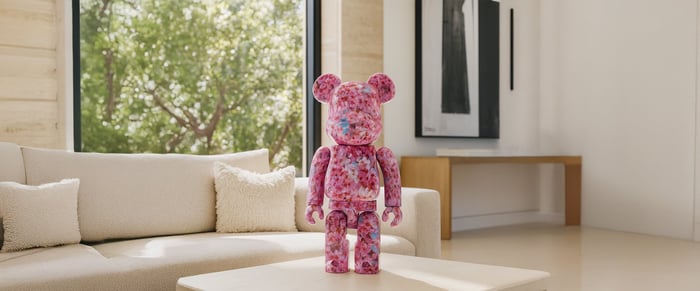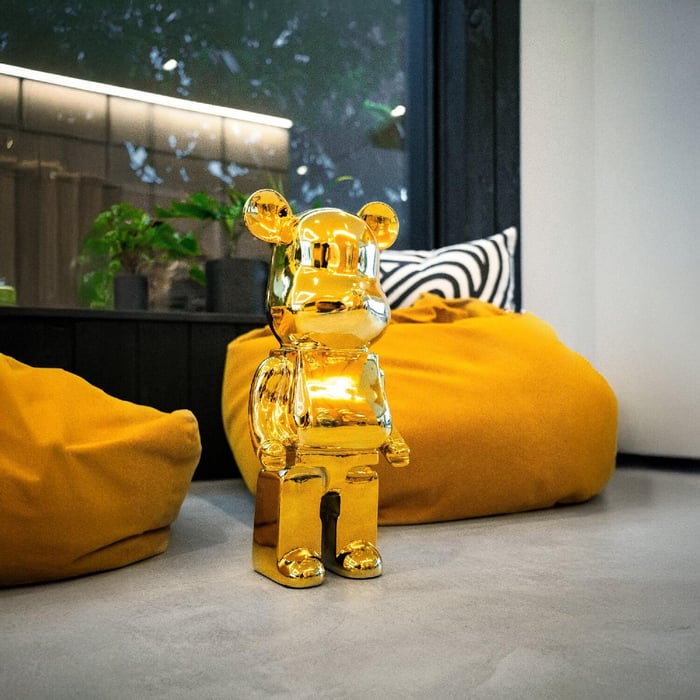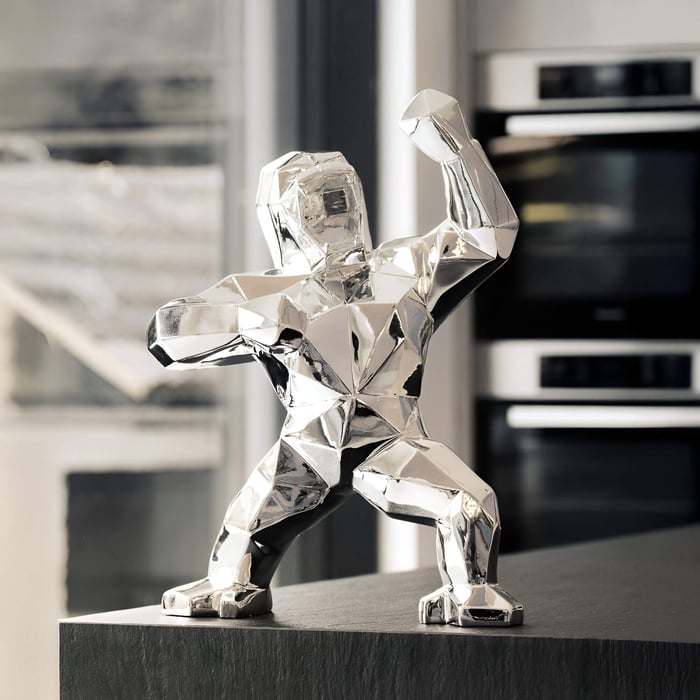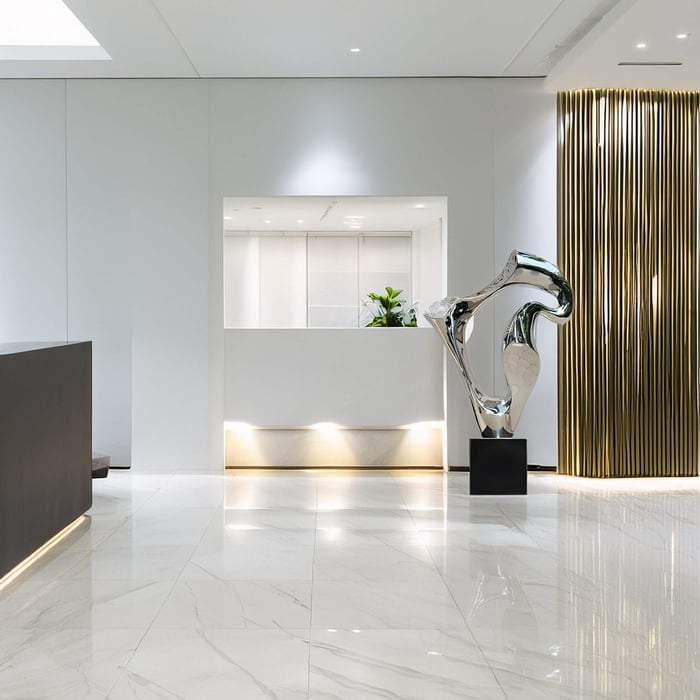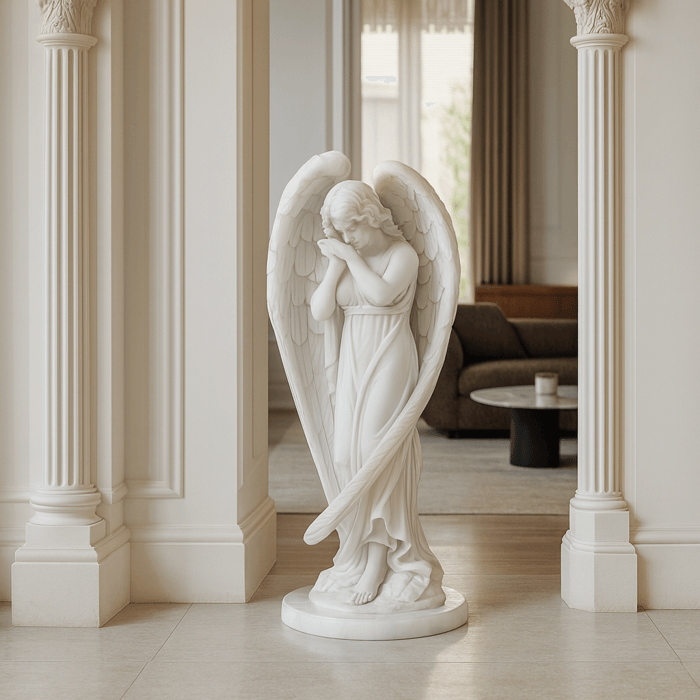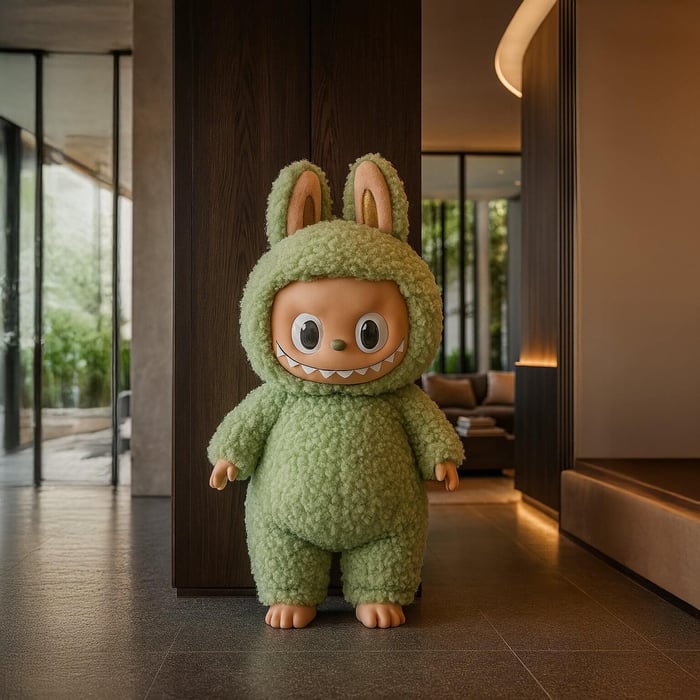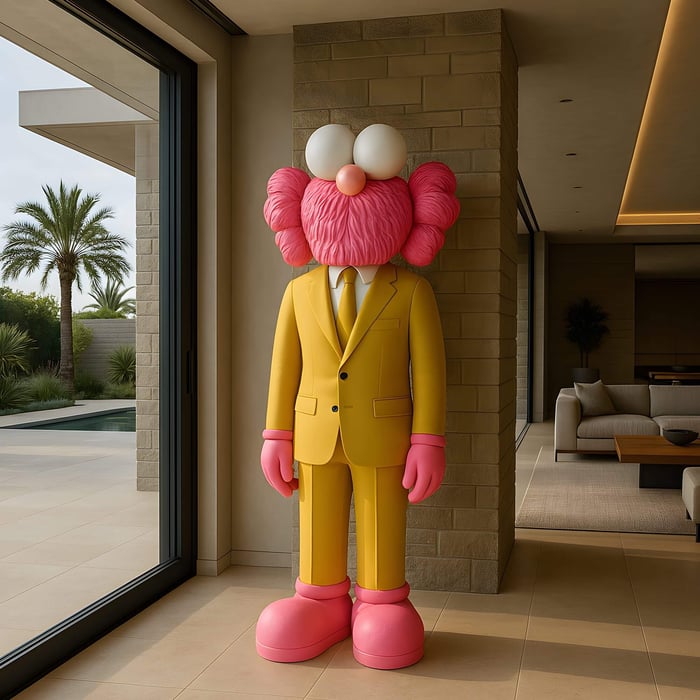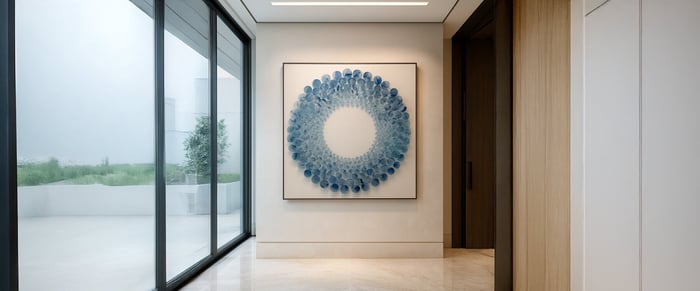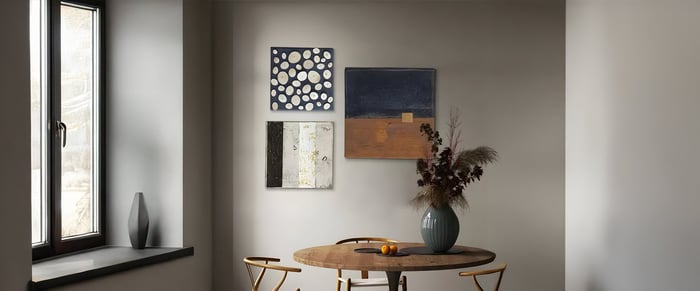Table of Contents
- Introduction - Sculptures That Define Your Decor Mood
- Why Indoor Sculptures Matter in Interior Design
- Minimalist Indoor Sculptures
- Mid-Style & Eclectic Indoor Sculptures
- Ornate & Classic Indoor Sculptures
- Cross-Style Sculptural Picks That Bridge Minimalist to Ornate
- Placement & Curated Styling Tips for All Styles
- Care & Longevity of Indoor Sculptures
- Conclusion - Sculpting Your Space with Intent
- FAQs
Introduction - Sculptures That Define Your Decor Mood
Indoor sculptures have a way of grounding a room, instantly elevating it from ordinary to curated. They can serve as subtle accents or bold focal points, setting the tone for your space, whether you lean towards sleek minimalist design or prefer the richness of ornate detail. A carefully chosen piece of indoor art does more than fill a corner; it communicates style, mood, and personality.
This guide explores how different types of sculptures, from clean-lined minimalist home décor sculptures to intricately carved ornate statues, fit into various interiors. Along the way, we’ll look at materials, placement, and styling ideas to help you decide which pieces best align with your home. Ultimately, the interplay of form, material, and space ensures that your visitors perceive not just your décor, but your lifestyle.
Why Indoor Sculptures Matter in Interior Design
Sculptures are more than decoration; they’re stylistic anchors. Unlike flat paintings or prints, they add depth and dimension, giving physical form to creativity. Even the smallest resin sculptures on a console or shelf can become conversation starters.
The emotional impact is undeniable. Minimalist sculptural pieces often inspire calm, geometric order, and balance, making them ideal for serene interiors. By contrast, ornate statue interiors bring drama, narrative, and heritage into the room, while eclectic home sculpture ideas encourage curiosity with playful or unusual combinations. Sculptures also bridge gaps in décor, tying together wall colours, textures, and furniture with their materiality and form. Whether placed in living rooms, entrance hallways, or private studies, indoor sculptures carry the power to transform.
Minimalist Indoor Sculptures
Minimalism celebrates restraint, clarity, and intentionality. In sculpture, this translates into clean lines, pure geometry, and subdued finishes. Common materials include concrete, steel, and resin, focusing attention on the form rather than embellishment.
Design Features:
Smooth spheres, rectangular blocks, and hollow geometric sculptures.
Resin figure home accents in neutral tones like white, grey, or black.
Minimalist sculptural pieces that work as functional décor, such as sculptural bookends or small table objects.
Placement Tips:
Position on floating shelves for subtle integration.
Use atop a console table paired with minimal accessories.
Place in alcoves or entryway niches to create calm focal points.
Minimalist indoor sculptures thrive in uncluttered spaces, offering balance while letting negative space remain part of the design.
Mid-Style & Eclectic Indoor Sculptures
For those who don’t want to choose between simplicity and richness, eclectic sculpture styles strike a balance. These pieces combine elements from different traditions, mixing organic sculptures with geometric designs, or blending materials such as wood, ceramics, and metals.
Design Features
Eclectic home sculpture ideas often blend ceramics, wood, and metal.
Pieces range from abstract indoor sculptures for living rooms to figurative or nature-inspired designs.
Surfaces may be colourful, patterned, or textured to spark curiosity.
Functional sculptural décor, like lamps or bowls, blends art with utility.
Placement Ideas:
Create gallery-style shelving that mixes abstract sculptures for living rooms with figurative or organic forms.
Layer eclectic pieces with bold textiles or patterned wallpaper.
Pair organic and geometric works to create contrast within a unified palette.
Eclectic home sculpture ideas work especially well in layered interiors. Here, every piece has a story, reflecting personality and diversity rather than strict conformity.
Ornate & Classic Indoor Sculptures
At the other end of the spectrum are ornate statues and traditional sculptural forms. These include intricately carved figurines, religious or mythological icons, and bronze bust indoor art pieces that evoke heritage.
Material & Design:
Marble and bronze remain the most enduring materials for ornate designs.
Bronze busts can be paired with vintage books in a study or showcased in foyers.
Classic sculptures and figures, angels, or baroque-inspired ornate statue interiors thrive in traditional or maximalist homes.
Placement Ideas:
Use pedestals to create drama in formal living rooms or grand foyers.
Pair sculptures with luxurious materials such as velvet curtains, crystal chandeliers, and antique wood for cohesion.
Position busts on bookshelves or desks in studies for gravitas.
Ornate sculptures demand attention and work best in spaces where richness and drama are central to the design narrative.
Cross-Style Sculptural Picks That Bridge Minimalist to Ornate
Some sculptures blur boundaries, combining minimalist silhouettes with ornate textures or bold finishes. These bridging pieces allow design cohesion across homes that mix modern simplicity with traditional richness.
Design Features
Wire mesh or textile-based sculptures with simple outlines but intricate surfaces.
Resin sculptures painted in striking hues that suit both modern and classic interiors.
Functional sculptural home décor such as lamps, stools, or tables doubling as art.
Organic sculptures that balance geometry with nature-inspired form.
Placement Tips
Use in transitional spaces (like hallways) to connect contrasting design themes.
Pair with both minimalist furniture and ornate accessories to maintain flow.
Highlight with subtle lighting to emphasise texture without overwhelming the room.
These versatile sculptures bring unity to eclectic homes, bridging the gap between restraint and ornamentation.
Placement & Curated Styling Tips for All Styles
Placement is crucial for maximising the impact of indoor art:
Rule of Thirds: Arrange sculptures at varying heights to guide the eye smoothly across the space.
Lighting: Use spotlights or track lighting to enhance shadows and highlight texture. Hallway art lighting techniques also apply to indoor sculptures, shadows add depth and movement.
Scale: Large abstract sculptures for living rooms suit open-plan layouts, while smaller resin figure homes work best in tighter nooks or shelf displays.
Pairings: Match minimalist pieces with textured walls or place ornate statues against neutral backdrops to prevent visual overload.
By curating placement and scale, sculptures can flow with furniture and architecture rather than appear as afterthoughts.
Care & Longevity of Indoor Sculptures
Different materials demand different care:
Resin: Dust gently with a microfibre cloth; avoid abrasive cleaners.
Metal & Bronze: Polish occasionally to maintain shine; apply wax for patina preservation.
Wood: Keep away from direct sunlight and humidity to prevent warping.
Stone or Marble: Clean with pH-neutral solutions to avoid etching.
Proper maintenance preserves not only aesthetic beauty but also the value of your sculptures over time. Each medium speaks differently. Resin suits contemporary experimentation; bronze demands respect; stone whispers permanence. Choosing the right material ensures the sculpture resonates with both space and purpose.
Conclusion - Sculpting Your Space with Intent
Indoor sculptures aren’t just decorative accessories, they’re stylistic anchors that define the character of your home. From minimalist sculptural pieces to ornate busts, every style carries its own mood and message. Whether you embrace the clarity of modern sculptures or the drama of ornate statue interiors, the right sculpture enriches your space with depth and meaning.
Reflect on your interior’s overall tone and choose a piece that resonates. With careful placement, lighting, and maintenance, sculptures become more than art objects, they become timeless storytellers within your home.
Explore curated collections of indoor sculptures at Giant Sculptures to find the right piece for your style.
FAQs
Which sculpture sizes work best in small rooms?
Smaller resin sculptures or vertical canvas-like designs suit tight spaces. Larger works risk overwhelming proportions.
How do I maintain different materials (metal vs resin vs wood)?
Resin needs dusting only, metal may require occasional polishing, and wood should be kept dry and shaded.
Can one sculpture style fit multiple design themes?
Yes. A simple abstract form in neutral materials can bridge minimalist and eclectic spaces.
Is lighting really necessary for indoor sculptures?
Absolutely. Lighting reveals textures and turns a simple object into a dramatic focal point.














































































